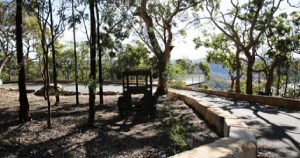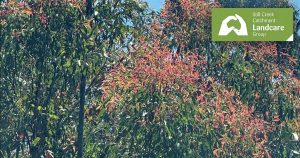Contributed by Lachlan Turner Hazard Reduction Burns
From time to time it has been found necessary to conduct a “controlled burn” within certain areas of bushland in the Hills region, particularly areas of bushland located nearby to residential areas.
It was a privilege to observe a recent operation conducted by local Bush Fire Brigades in conjunction with the NSW Rural Fire Service. Extensive amounts of appliances, equipment and manpower were employed in what could be likened to a coordinated military-style offensive.
Due to the amount of fuel build up on the forest floor, as a consequence of prolonged periods of drought and dry weather over a couple of years, it has been necessary to perform several of these hazard reduction burns around the Hills District.
Whilst it could be argued that such operations can be destructive to local wildlife, the perceived benefits from the danger of wild fire have to be given most thoughtful consideration. Hazard Reduction Burns
Short term inconvenience on the day of the burn is acknowledged by fire authorities, but the long term property safety aspects give residents living near the bushland a sense of lessened danger from uncontrolled bushfires.
It is recognised that low impact fire is beneficial to many species of flora, as there are numerous plants that require the added heat from fire to germinate seeds for the next generation of that species. This style of burning operation can also be of assistance in controlling, if not destroying many of the invasive weeds and plants that colonise the fringes of the bushland and eventually choke our native plants.
The professionalism exhibited by these firemen was most evident as they systematically went about their assigned tasks.







